
Performance Analysis
Before we go into the numbers we achieved with our test kit, we should note that SilverStone goes to great lengths in the manual to advertise the fact an all-in-one liquid cooler can be installed in the SG13. However, using one of these is impractical for performance testing as you'll just see very similar results between cases as you have to mount the cooler to the outer shell of the case - not relying on a case's airflow anywhere near as much as you do with an air cooler.Click to enlarge
So, for purposes of testing and obtaining usable results - after all, not everyone that buys the SG13 will go out and spend the same amount or more on an all-in-one liquid cooler - we've used a Noctua NH-L9a, which is typical of the kind of air cooler you'd likely use in the system if you're not able to splash out on a £50 all-in-one liquid CPU cooler.
Click to enlarge
With the CPU cooler fighting for air with the PSU and no intake fan, it wasn't surprising to see things get pretty toasty with the CPU right at its limit and the PSU too having to deal with the build up of hot air inside the case. The graphics card, on the other hand, was remarkably cool by comparison, thanks to the fact it was sitting right next to the large vent in the side panel. The vent is also larger than that on the Cooler Master Elite and as a result, it was a few degrees cooler here too.
Needless to say, though, a front fan would be an essential addition to the SG13, and we'd probably fit it as an exhaust too - the build up of heat was the main issue here, and lifting the lid off the case saw the load temperature drop nearly 20°C. The Cooler Master Elite 130 proves this point as it has an otherwise similar layout, except with a 120mm fan in the front and it ran significantly cooler. As there's a roof vent, it makes absolute sense to mount the PSU with the fan pointing upwards.
Click to enlarge
Doing so isolates it from the case's cooling system and prevents it fighting with top-down coolers for air flow. The downside here is that this also limits the exhaust potential and the top vent also lacks a dust filter, unlike many of its competitors. Switching to APU mode, the result was pretty much the same. With these results relying entirely on the CPU cooler, it wasn't a surprise to see the Elite 130 ahead on the CPU and GPU.
Conclusion
If you're after a cheap mini-ITX case, the SG13 should definitely be on your shortlist - compared to the Elite 130, it's both cheaper and smaller. Of course if you've read this review, then you'll know that this comes with some big caveats. There's no 5.25in bay and if you're building an overclocked gaming rig, or one that uses an AMD CPU, then you can probably forget about using a top-down low-profile air cooler. Things were pretty much at their limit in our testing for the CPU temperature. The exception would be a Pentium or Core i3, which produce a fraction of the heat of an AMD CPU or APU.For general tasks, things become a little easier to handle and it's only when you load all cores on a quad-core CPU for long periods that you'll run into trouble - probably unlikely for most potential SG13 users. Thankfully, SilverStone has clearly designed the SG13 with this issue in mind - opting for an all-in-one liquid cooler would probably allow you to use any CPU you wanted and there are some models available for around the same price as the case. It's amazing you can actually install one in a case this small too. For this reason, while air-cooling isn't great due to the severe CPU cooler height limitation and lack of fans out of the box (our cooling score reflects this), thanks to good GPU cooling and all-in-one liquid cooler support, there's a lot of potential for a very compact and powerful system.
-
Cooling21 / 30
-
Features13 / 20
-
Design25 / 30
-
Value19 / 20


MSI MPG Velox 100R Chassis Review
October 14 2021 | 15:04

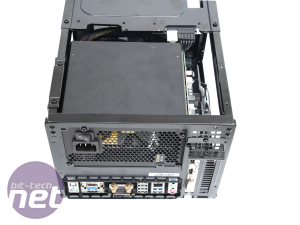
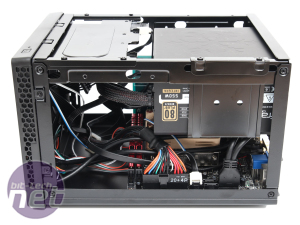
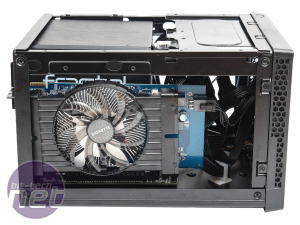
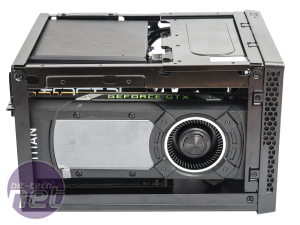
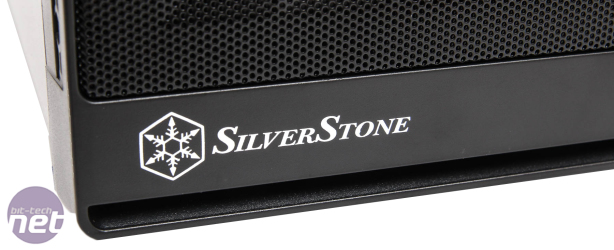







Want to comment? Please log in.